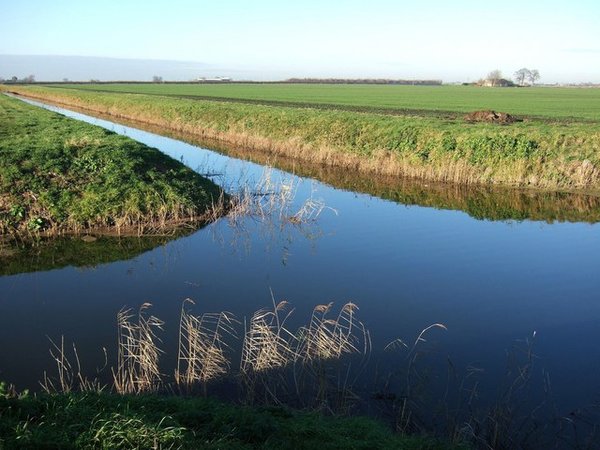Very probably there is a good number of successful pike anglers – some of whom may even enjoy a little fame – who have never had a window on the world of the pike. For them, the fish remains unseen on the bed of a fenland drain or, perhaps, deep down in a reservoir; only when that float lays flat, disappears or runs along the surface will he know of a pike’s presence.
Of course, the angler will be aware that the fish didn’t just snap-up his offering on passing-by but he probably won’t know of the very lengthy ‘ritual’ often played-out by an aroused and curious pike. He will know from his experience of playing pike how fast these fish can propel themselves but, most likely, he will be unaware of the pike’s near-miraculous ability to stop-dead; to freeze itself mid-flight in less than the bat of an eyelid. Quite how an animal honed by evolution to slip effortlessly through water can just stop at will is quite amazing and simply fascinating to see: one moment you’re observing your bait hanging or flitting about beneath your float unmolested then, as if by magic, Esox Lucius is there without so much as a skid mark! It’s simply zoomed-in and stopped as if it were tethered!

You could catch hundreds of pike from drains like this yet never see the bait taken.
As if this wasn’t enough excitement for one day, the angler (stock-still and fortunate enough to be fishing in the right conditions) would witness the most riveting display of careful circumspection. This is less often the case with live-baits which are invariably approached and quickly seized on trying to escape the monster’s teeth, but bait-fish which appear (and are) dead are scrutinized intensely and often ‘goaded’ by the pike for signs of life. Whether or not this is because the pike would prefer to eat a live fish or if the pike is simply confused by the sudden arrival of a dead fish I don’t suppose we’ll ever know, but the ritual is truly mesmerizing.
With scarlet gills flaring, fins tantalizingly rippling and the tail clearly limbering-up for the big push the pike will inch ever-closer to the suspended sprat… herring… mackerel….until its ‘beak’ is all but touching; then, as surely as spokes on a wheel, the pike will rotate a full 360 degrees around that ‘spindle’, apparently weighing-up its status: dead or dying?
Of course, the corpse remains motionless. But this isn’t good enough for some pike! Some specimens appear determined to impart life into their intended, as a cat might toy with a dead or critically injured mouse. They do this in the most bizarre way, a ‘blowing’ exercise that sees the pike’s maw ‘inflate’ to the circumference of its body then snap shut to send the bait-fish whirling. If the pike remains interested you will then be treated to the unforgettable spectacle of a (hopefully) big pike slowly, slowly bend the back half of its body into nothing less than a right angle! With gills still flaring and everything frighteningly wound-up………. it lunges! Sometimes the bait goes straight in and out of sight; sometimes it is clamped across the jaws, chomped, turned and pouched. Not uncommonly, the bait remains clamped – head and tail visible on either side of the jaws – and taken on a lengthy tour. If the pike then disappears from sight it is up to the angler to make a judgment on when to strike. If the float remains on the surface, its behaviour can help decide this as, often, it will clearly correspond to the chomping below. Without this benefit the angler should, of course, exercise caution and strike earlier rather than later.
It must be said that a bait-fish festooned in wire and trebles does not look very convincing and, again, we’ll probably never know if the pike is capable of diverting its attention from the ‘subject matter’ to its method of retention. Somehow, I think there will be examples confirming that it is and I’d love to receive an article or two on this matter. Clearly, carp wise-up and avoid ‘suspect’ baits – do pike?
What I’ve described is not a definitive explanation of how pike approach and take a bait; it’s merely what I’ve witnessed so many times – and only with whole fish. The performance can take half an hour so perhaps we shouldn’t always be too keen to have another cast!










